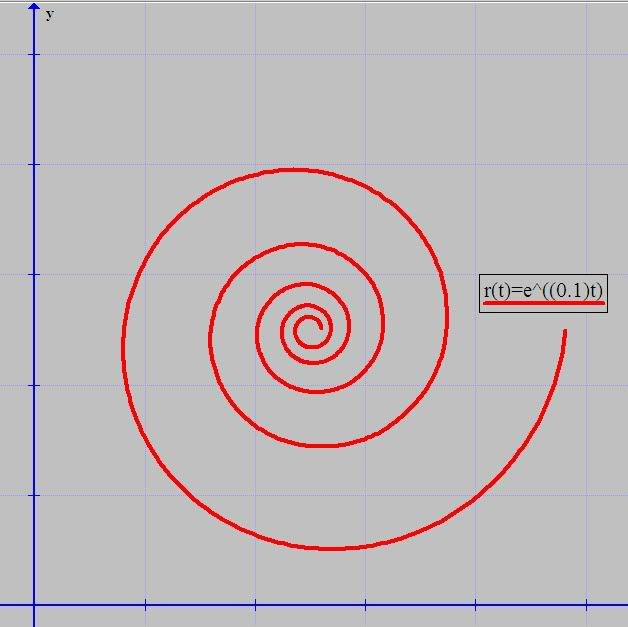In one of my posts I wrote the following:
My first thought on seeing the weight being transferred from the inner to the outer wheel was - the movement of the lever arm is negligible - indeed in the limit zero - and we know from all the failed attempts at moving weights around that there's no joy there anyway - so the answer must like somewhere else. Static balance ain't the answer.
If one looks at Pop's wheel long enough one eventually sees it as a car wheel with a tyre on it. Now any of us who has ever driven a car knows that it is not enough to balance the wheel statically. This alone will not prevent terrible vibration when the wheel is rotating at speed.
One has to take it to a garage and get them to use one of their magic balancing machines that rotates the wheel and measures the out of balance forces.
The equivalent of altering wheel balance is essentially what Pop's weight shifting must be all about. In other words he is messing with conservation of angular momentum which is only conservation of kinetic energy in the buff, i.e. measured from a objective frame of reference in relation to the fixed stars and not kinetic energy in fancy dress, i.e. measured from whatever subjective frame of reference takes ones fancy. Newton's false first law has a lot to answer for.
An then whilst researching Rowley who had been discussed at length in the thread I came across the following gem of purest ray serene.
Talk about serendipity!
===============================================
http://www.defza.com/notes/life/energy/35/
Bruce Welsh is an electronics engineer with the open spirit which has been devoted to alternative energies for twenty years. It is convinced that one can build machines with on-unit.
He had an uncle who liked to arrange, to invent. One day, old Bruce of seven or eight years, returned visit to the uncle who showed to the grandfather the new play that it had made for his children (it had six of them).
The play made in the sixty centimetres height for a base of thirty centimetres square. It consisted of a slope in spiral of three turns and half. At the bottom of the slope a paddle wheel, connected by some gears to an elevator was placed going up to the top of the play where a hopper furnished with ten balls was. An opening to rocker in the hopper made it possible to let pass, one by one the balls which went down the slope into three to five seconds.
The ball touched the paddle wheel what gave a small upswing which released another ball whereas the first was on the elevator and went towards the hopper. And so on.
There were five balls at the same time on the elevator and the once launched play did not stop any more. To begin, all the balls were to be in the hopper and Bruce remembers to be thundered by the uncle because it had touched the paddle wheel, thus stopping the play started again soon by the uncle. And, several hours after, the play always functioned.
Did the uncle know that it had violated the laws of physics?
Its descendants do not know any more what became this play, it is probable that the uncle in recovered the parts as it was its practice to rebuild another thing, unless it does not sleep yet in an old farm, in dust… They do not remember either to have seen other apparatuses functioning in an autonomous way, nor of engine on the play, but know that the play had stopped afterwards weeks and simply set out again after being cleaned.
Foot-note: the slope in spiral is indeed a vortex and it seems that in a certain way the vortices add energy, one unceasingly finds them in many ideas related to on-unit.
(KeelyNet source of the 14/12/97)
===============================================
I have now connected the understanding of conservation of angular momentum as kinetic energy in the buff, i.e. related to an absolute objective frame of reference rather than a local subjective frame of reference and realise that Bruce Welsh's uncle had indeed built a perpetual motion machine.
He had released the impact component that I've talked about previously.
Look at it this way. There are two potential energies involved in the vortex toy corresponding to the two velocities I mentioned here. The gravitational potential energy and the inertial potential energy. By dropping the balls down a vortex spiral Uncle released them both. So he had lots of energy to play with. Twice as much as he needed which could swamp any minor inefficiencies in the process.
Of course nature shows us this double energy release all the time. Anybody who lives in Kansas should know that. Dorothy certainly experienced it.
Well! Who's going to be the first to emulate Bruce's Uncle and build the second Vortex toy?
I only wish I had the experimental skills to do it myself.







